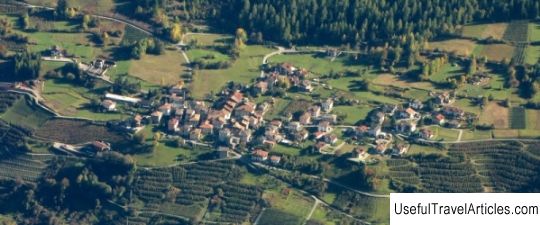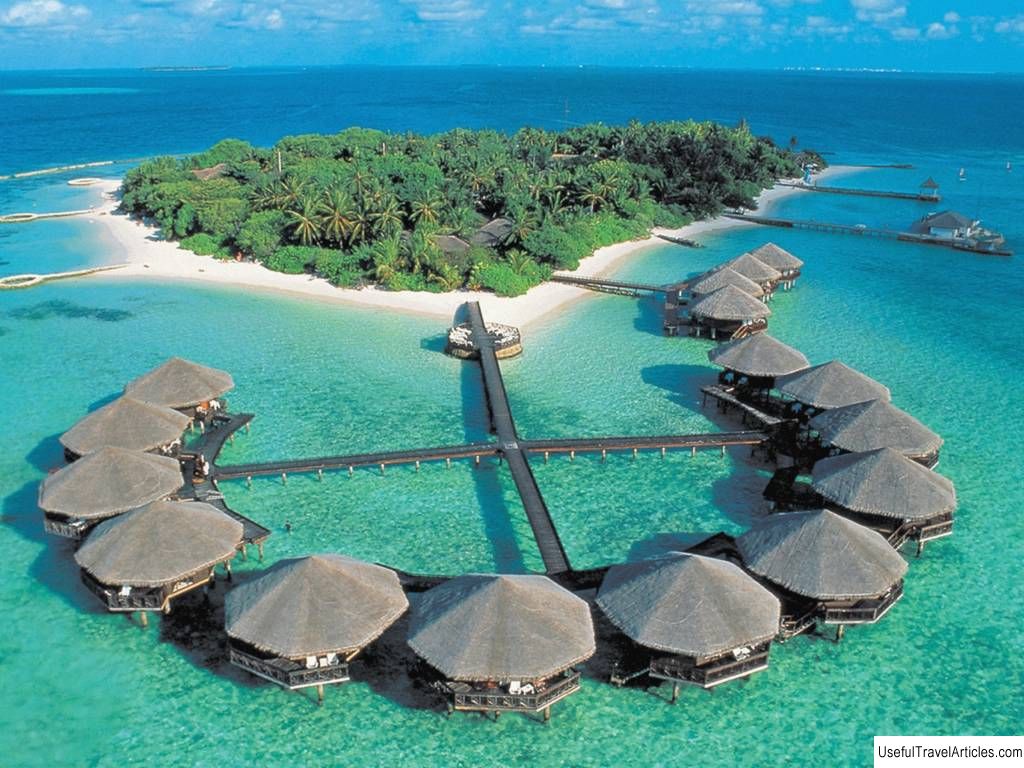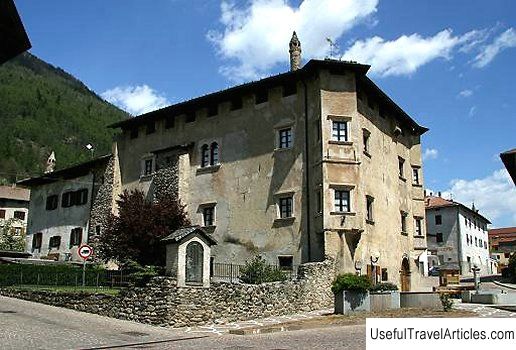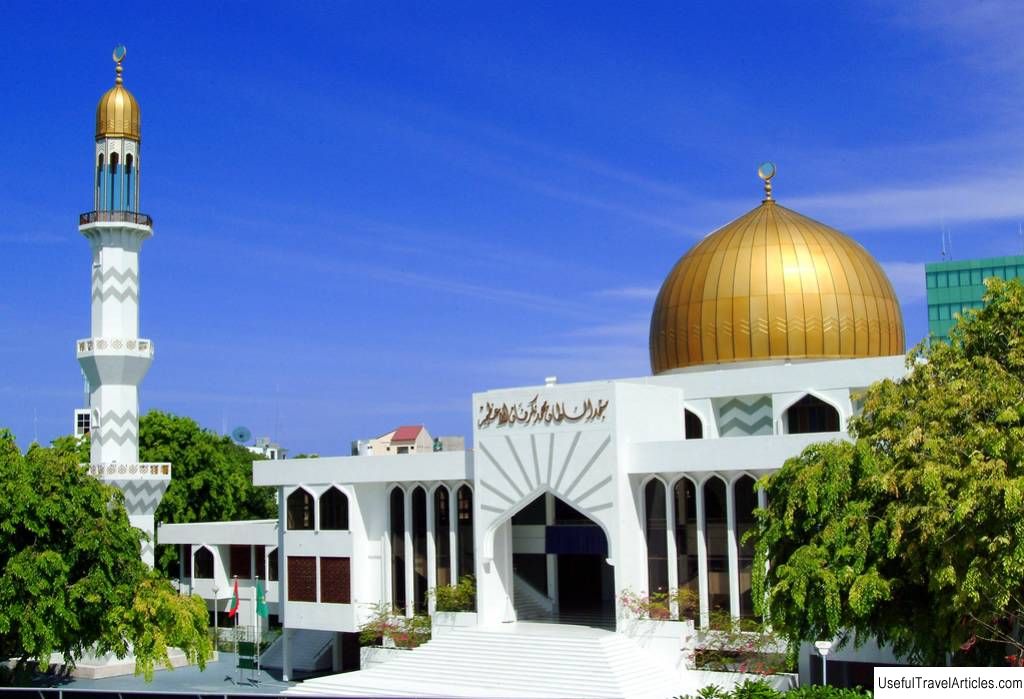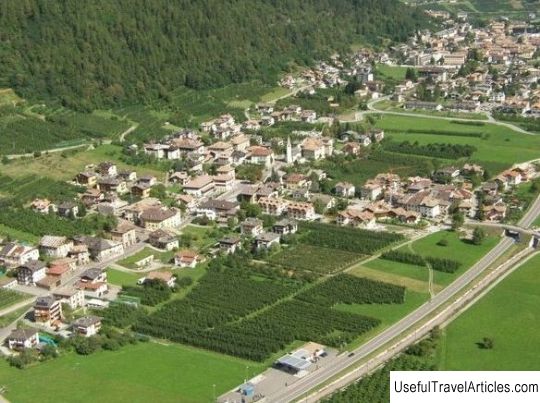Male description and photos - Italy: Val di Sole
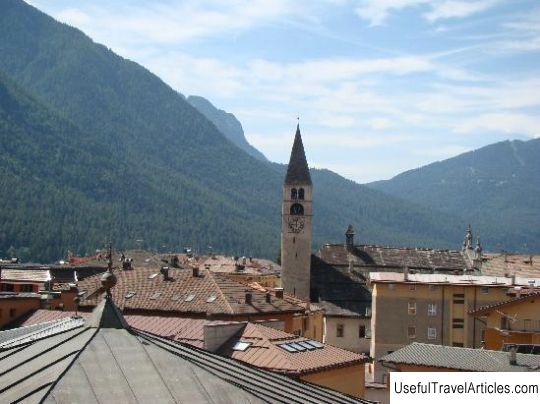
Male description and photos - Italy: Val di Sole. Detailed information about the attraction. Description, photographs and a map showing the nearest significant objects. The name in English is Male. Photo and descriptionMale has always been one of the most important administrative and economic centers of Val di Sole. The town is located on the northeastern outskirts of the moraine terrace typical of the central part of the valley, about 40 meters above the Noce River. Male has a completely modern look, since after a terrible fire in 1895 it was almost completely rebuilt. Today, the main sectors of the city's economy are commerce, agriculture, animal husbandry and handicrafts. Every autumn there is a large fair and festival of St. Matthew. Male also has the only industrial zone in the entire valley, numerous sports and cultural clubs and a volunteer fire brigade. The Latin name of the city ("maletum" can be translated as "apple farm") and several archaeological finds, such as a nameplate from 200 BC, indicate that Male existed already in the era of Ancient Rome. In 1178, the first written mention of the local church of Santa Maria is found, and later the city became an important economic center, since it was here that the "mercato del bosco" - the Forest Fair began to be held. Until the beginning of the Napoleonic era, Male lived by his own law, the so-called "Carta di Regola". In 1848, a battle broke out here between Austrian troops and revolutionaries from Lombardy, who fought for the independence of Italy. Half a century later, in 1895, Male received the status of a commune, and in 1918, following the example of Trentino, joined Italy. In the heart of Male is the parish church of Santa Maria Assunta, rebuilt by artisans from Lombardy at the end of the 15th century and decorated in 1531 in the Renaissance style. Between 1890 and 1893, the facade of the church was redesigned in the Romanesque Neo-Gothic style and the Baroque chapels were dismantled. From the original church to this day, only the bell tower with vaulted windows and a small sculpture depicting Christ have survived. Inside, Santa Maria Assunta is divided into three naves. Here you can see two beautiful 17th century wooden altars with paintings by Polacco and Camillo Procaccini and two marble statues from 1723. The walls of the nave and apses were painted in 1937. Next to the church is the Santo Valentino chapel with a 15th-century loggia and frescoes by Pino Casarini. The first floor of the old Austrian barracks now houses the Solandra Public Museum, created by the Val di Sole Research Society in 1979. Its expositions are dedicated to the life of local peasants in past centuries - here you can see tools of labor, special tools used in everyday life, various handicrafts, clothing, etc. The typical peasant kitchen and bedroom have been restored with the utmost care.         We also recommend reading Army Museum description and photos - Laos: Vientiane Topic: Male description and photos - Italy: Val di Sole. |
